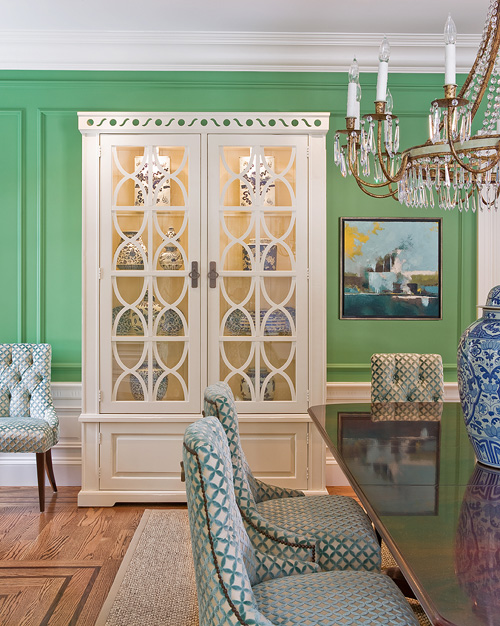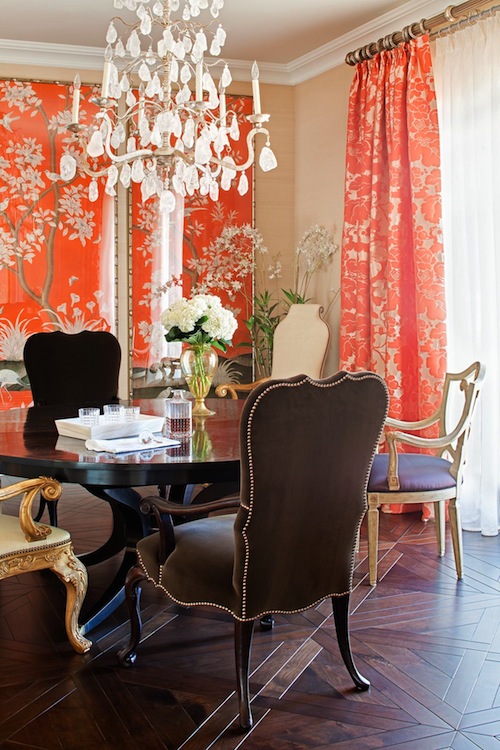Adding An Edwardian Edge To Your Dining Room
A time of grandiose and splendour, the "Belle Epoque" as it was also known may have been short-lived but it brought with it a breath of fresh air. Fresh air that can be easily applied to your home with just a few key changes.
Period interior design is very on-trend at the moment and Edwardian style provides you with the opportunity to achieve an alternative look in your home's interior. Should you be choosing to transform your home, we believe the dining room is an excellent place to start. In the past there was a significant focus on mealtimes, so the dining room was a focal point of the home, follow our tips below and add the Edwardian experience to your own dining room.
Furniture
Usually reproduction pieces, Edwardian furniture was known for reviving styles from previous eras and was largely an eclectic marriage of styles and influences. Whether you choose baroque, Art Nouveau or Tudor pieces, the key thing to look out for is furniture that is smaller and less bulky. Edwardian furniture was known for being a departure from the large, heavy and formal Victorian furniture that preceded it.
For a truly Edwardian look, consider furniture made from mahogany or lighter materials such as wicker or bamboo.
Flooring
For an authentic look in any interior, choose highly polished wooden floors that are stained with an oak coloured varnish.
Wallpaper
When it comes to wallpaper, choose a design that adds a breath of fresh air to your interior. Perhaps consider paper that features floral interior designs such as roses, wisterias or sweet peas, or perhaps a striped design. When it comes to wall interior design, a key Edwardian look was to break up the wall with a dado rail. Perhaps choose to emulate this and paper half the wall with a patterned design and paint the rest of the wall.
Colour schemes
Continuing the floral theme, choose pastel colour schemes and floral colours. Think lilacs, leaf greens and primrose yellows.
Lighting
Electrical lighting was relatively new in the Edwardian period and therefore was designed to be grand. Fabric lampshades with frills and tassels, smoked glass and ceiling roses are all very true of the period.
Heating
Again still a relatively new innovation, radiators were a big deal during the Edwardian period and were designed to be a talking point of the home. Take inspiration from these reproduction cast iron radiators and choose updated colours to contrast your space. These reproduction radiators stay true to Edwardian designs but are equipped to modern plumbing and interior design standards.



































































































